Located at the corner of Lexington and East 66th Street, just three miles east of the Cleveland Indian’s current home, Progressive Field, is a historical baseball structure unmatched anywhere else in the United States.
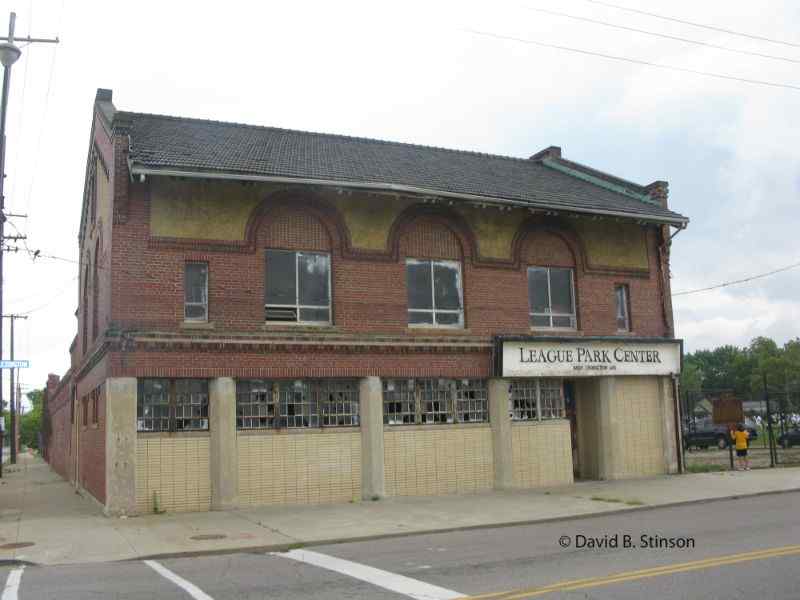
For at that corner stands League Park, or what’s left of it. Once home to both Cleveland’s National League and American League teams, League Park remains a ball field, with portions of the original structure still standing (Editors Note: for an update on League Park’s Renovation CLICK HERE).
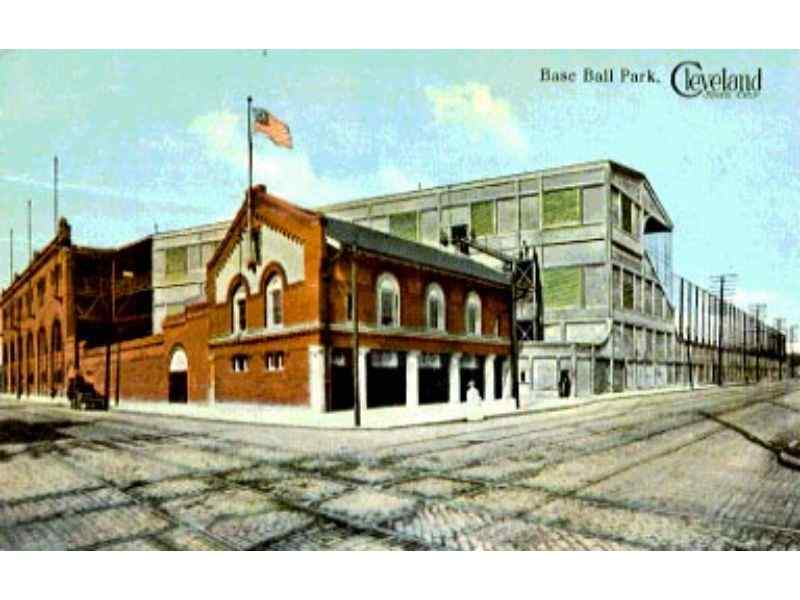
The site is anchored by a two-and-a-half story, gabled, stucco and brick building which once held the team’s administrative offices. A sign above the entrance identifies the building as “League Park Center, 6401 Lexington Ave.” A wall of glazed yellow bricks topped with four rows of four inch square glass windows cordons off the old ticket windows and the standing area immediately in front.
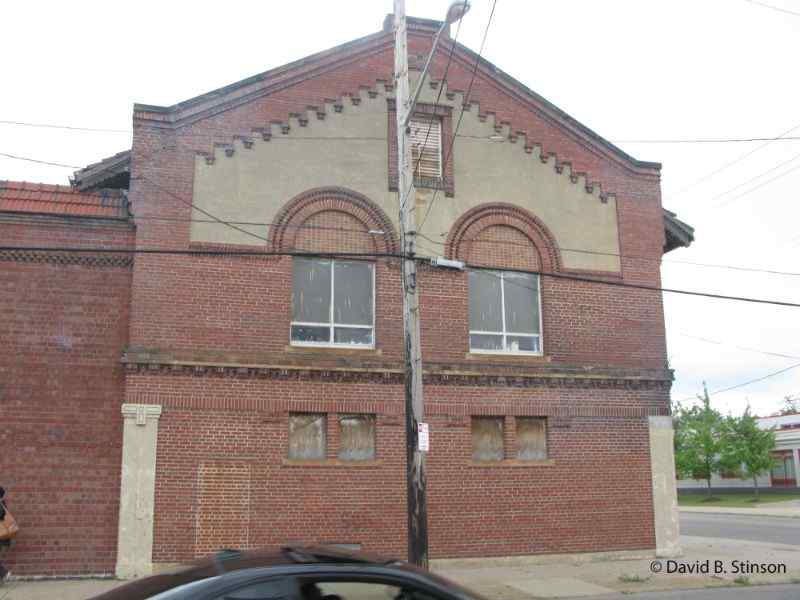
Inaugurated on May 1, 1891, League Park was home to the National League Cleveland Spiders until 1899, when the city lost its National League franchise. Baseball returned to League Park in 1901 when Cleveland joined the newly-formed American League along with Baltimore, Detroit, Chicago, Boston, Washington, Philadelphia, and Milwaukee.

The first floor of building was once partitioned by four concrete, octagonal columns. Long ago, ticket windows were located between the columns.

On the right side of League Park Center are several weathered doors, all of which once opened into the now-demolished right field grandstand. With that structure long gone, the single oak door on the second floor and the double oak doors on the third floor beneath the gable’s peak are, literally, doors to nowhere.

In the later part of the 20th century, League Park Center was used by the city of Cleveland as a youth center.
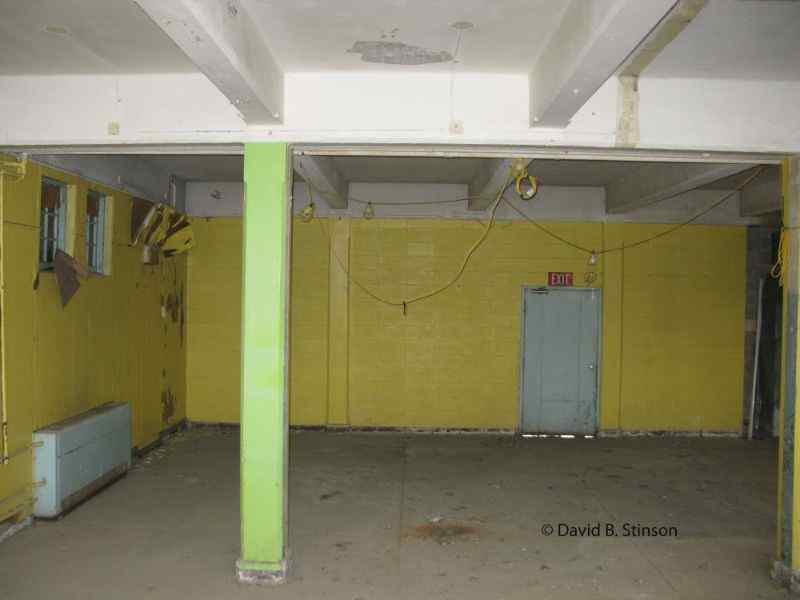
Located behind League Park Center is the first base side of the ballpark.
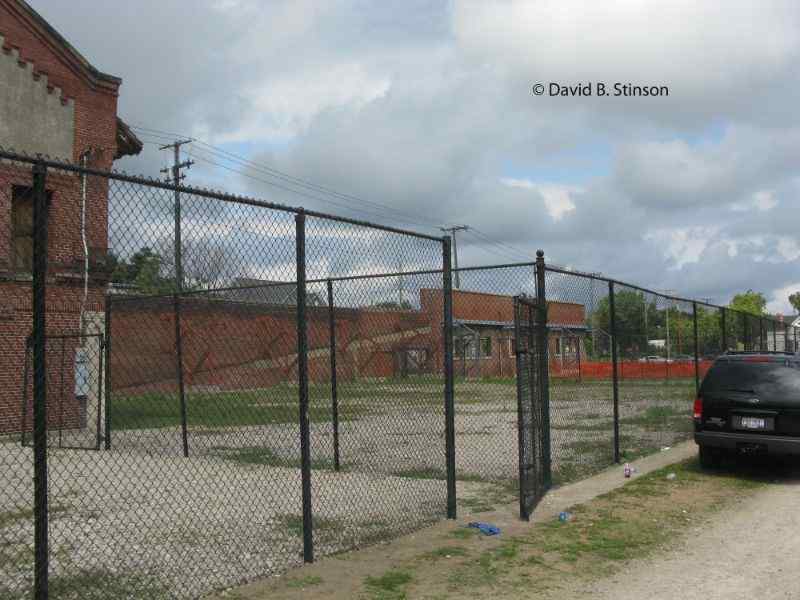
Connected to the back side of the building paralleling East 66th Street is a red brick fence with two archways that once provided entrance to the park between the ticket office and the first base grandstand. As a preservation measure, the archways has been enclosed with additional brick.

The brick archways are stabilized by steel bracing.

Next to the brick archways, further north on East 66th toward Linwood, where the lower grandstand once stood, is a portion of the dugout stairs.
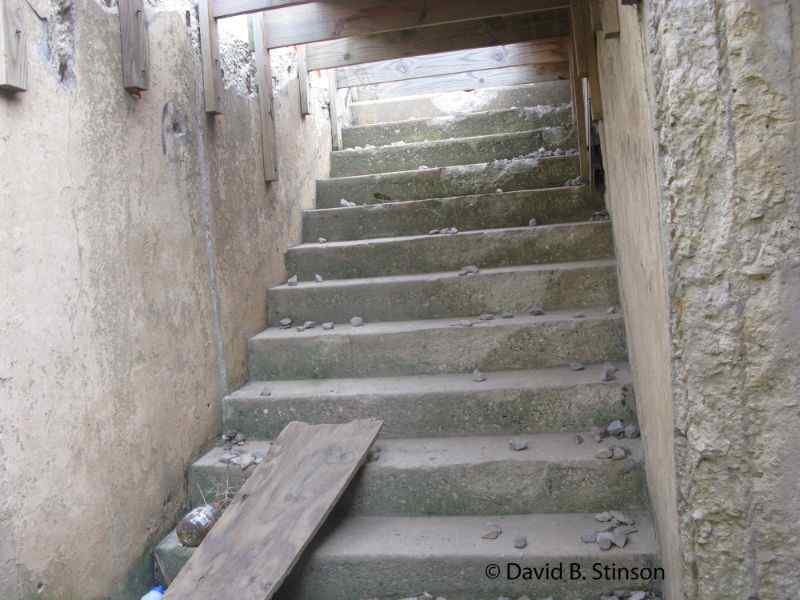
The dugout steps were connected to a walkway leading to the now-demolished clubhouse.
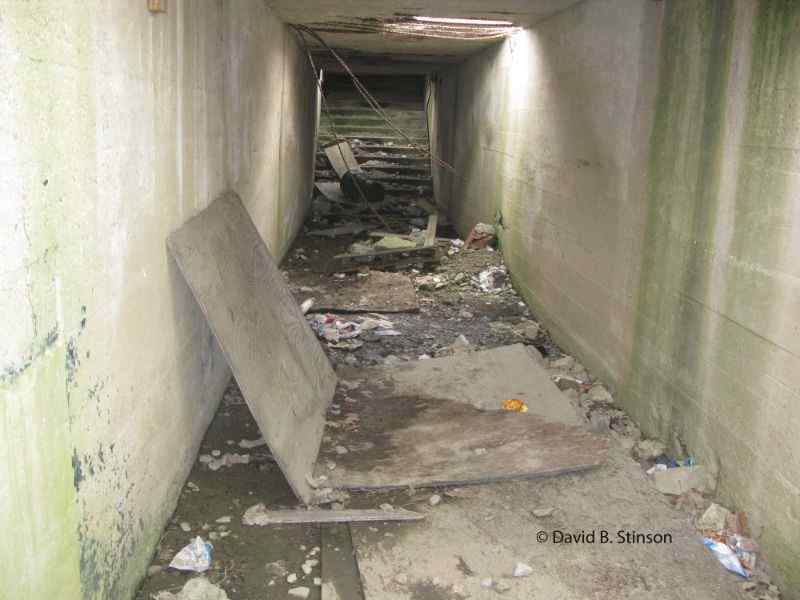
Home plate was located near the corner of Linwood Avenue and East 66th Street. Up until a few years ago, a dirt infield with home plate and metal backstop sat in the approximate location of the original infield.
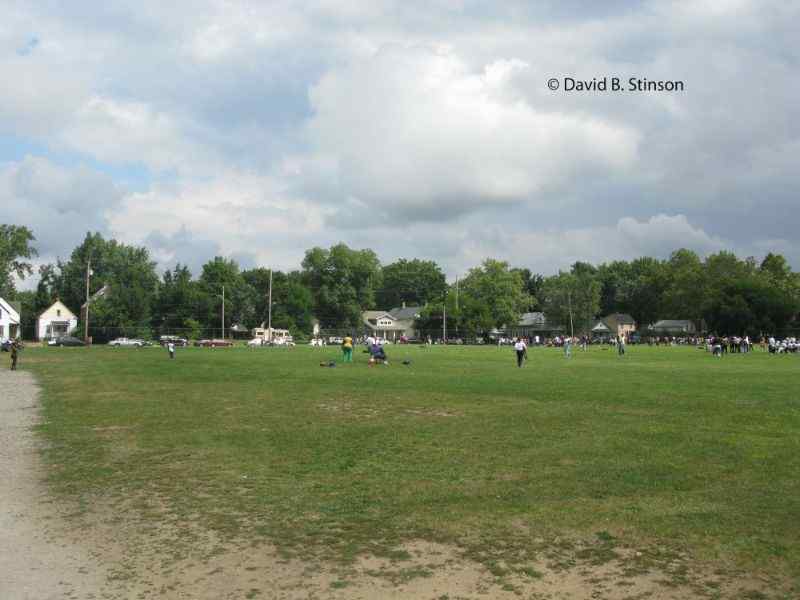
Right Field, where Shoeless Joe Jackson once roamed the outfield, was located parallel to Lexington Avenue.
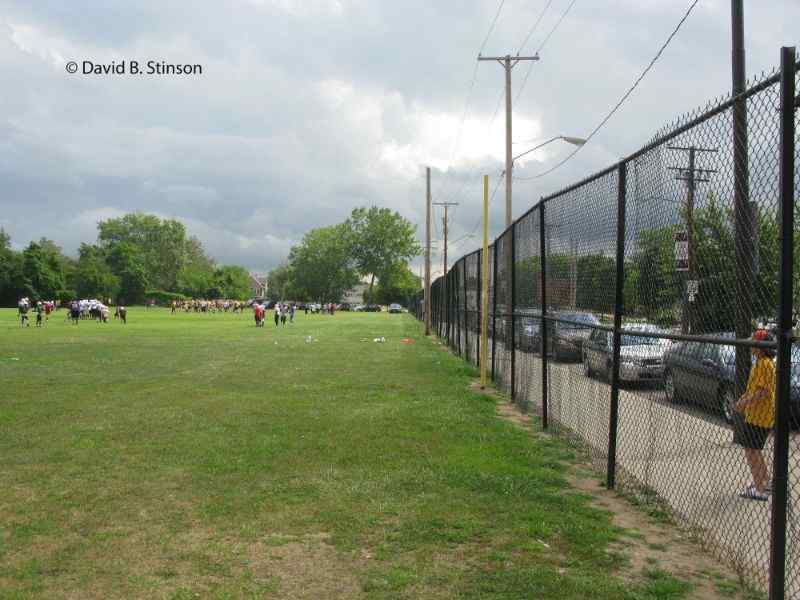
An Ohio historical marker located to the east of League Park Center notes the significance of the site:
League Park opened on May 1, 1891, with the legendary Cy Young pitching for the Cleveland Spiders in their win over the Cincinnati Red Legs. The park remained the home of Cleveland’s professional baseball and football teams until 1946. In 1920 the Cleveland Indians’ Elmer Smith hit the first grand slam home run, and Bill Wamby executed the only unassisted triple play in World Series history. Babe Ruth hit his 500th home run over the park’s short right field wall in 1929. With the park as home field, the Cleveland Buckeyes won the Negro World Series in 1945.
While much of League Park is now gone, enough remains to make it one of baseball’s best historical sites. For the true fan of the game, the park is a must-see when visiting Cleveland. An effort is underway by the City of Cleveland and private interests to restore League Park to a certain level of its earlier glory. For information on that effort, see LeaguePark.Org. For an article from the New York Times about the restoration, see nytimes.com article about League Park
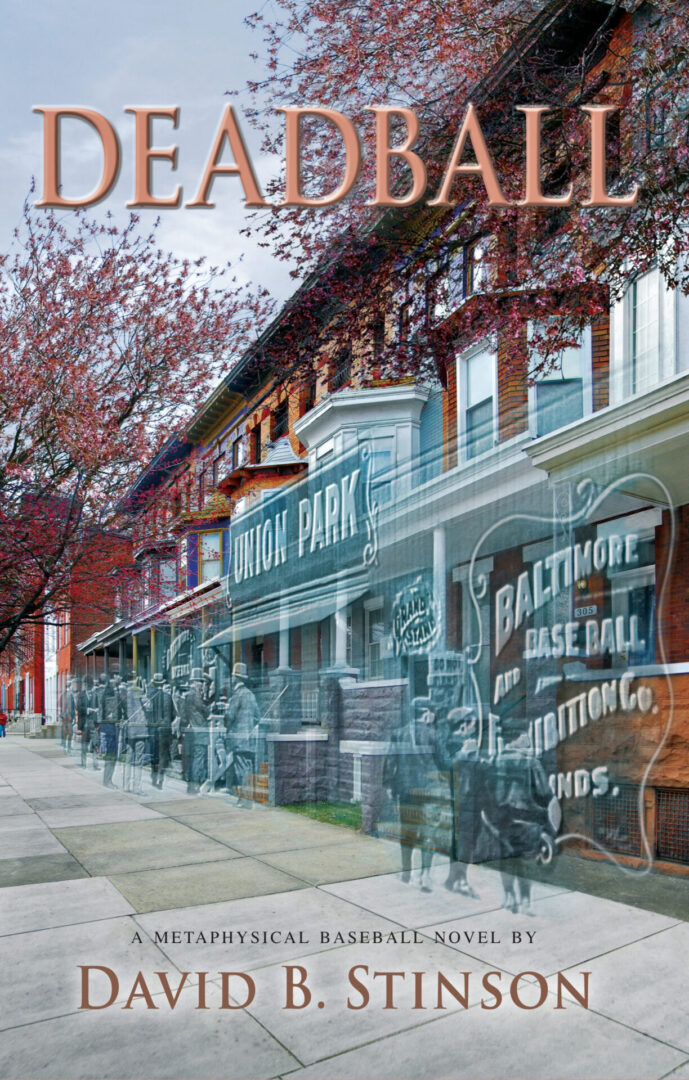

[…] is good news in Cleveland. The former site of League Park – once home to the National League Cleveland Spiders, the American League Indians, the National […]